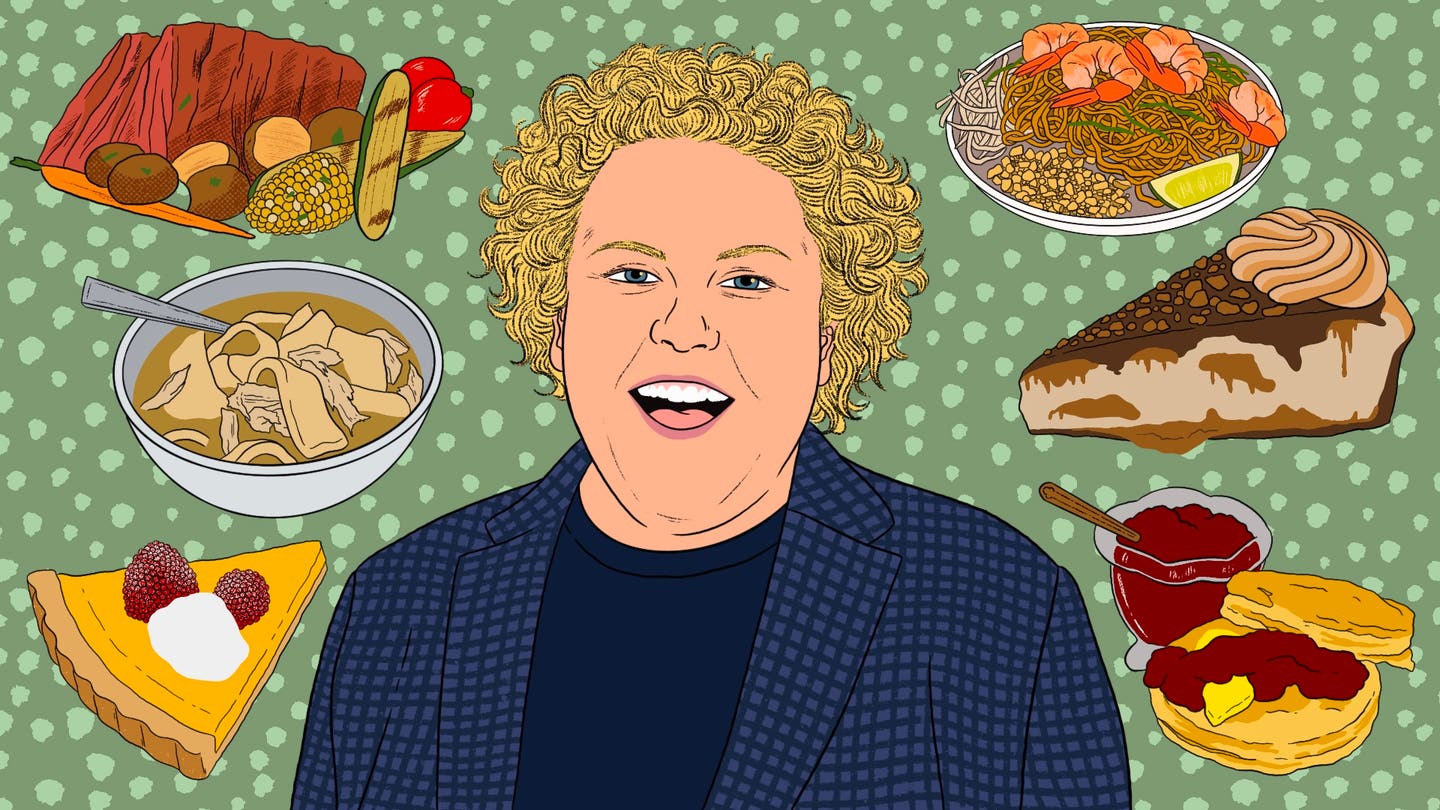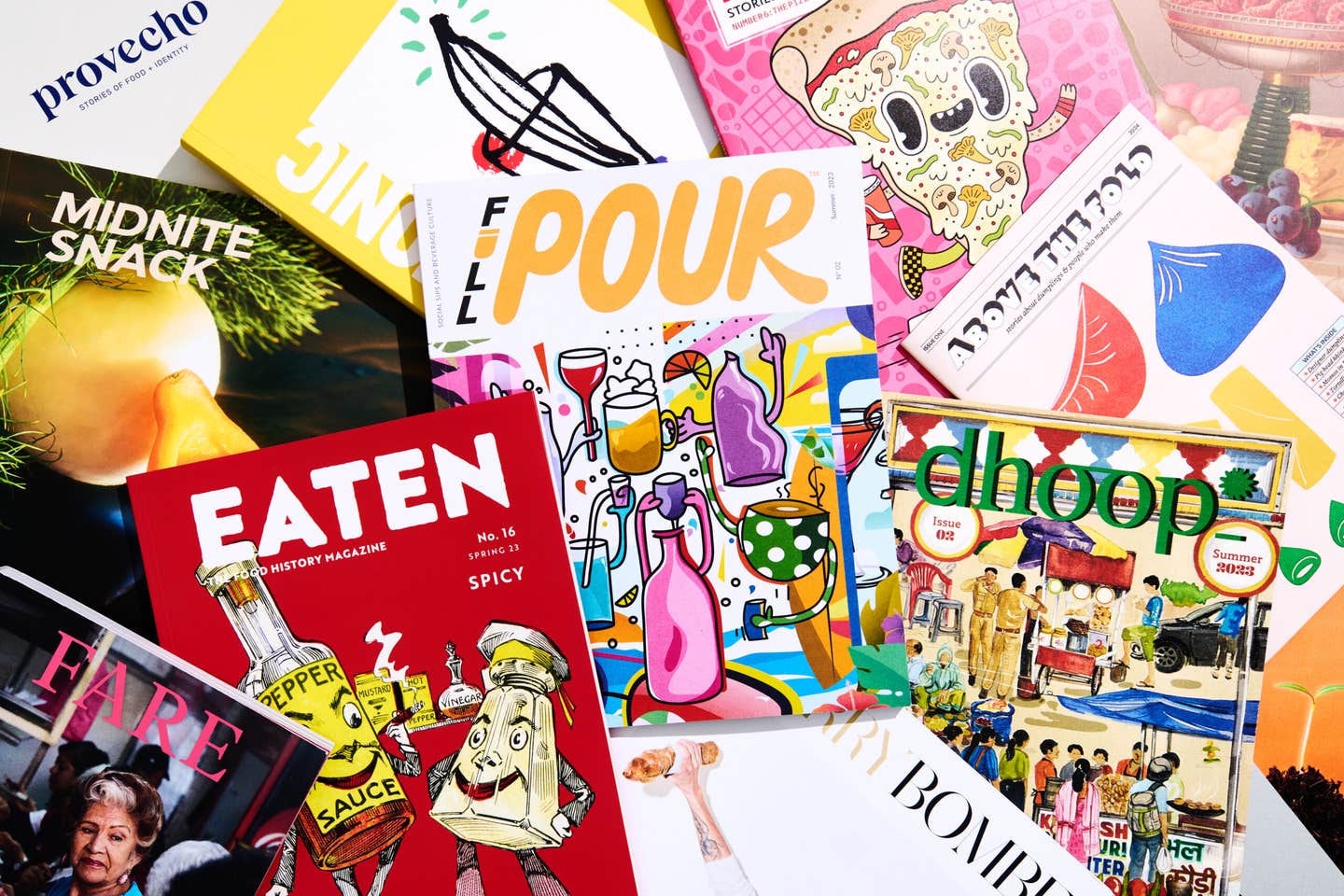
19 Indie Food and Drink Mags That Can Take All Our Money
Welcome to the age of the independent print magazine.
As our editors can tell you, it’s a beautiful thing to stand at the presses and watch a new print issue of SAVEUR come off the line. When the brand went independent in 2023, we knew there would be challenges ahead. In a digital-dominant era, the survival of a legacy publication with a shiny new print mag and no corporate support was hardly a given. Yet, as our editor-in-chief Kat Craddock wrote then, the goal was never to revive the “old-school, high-volume print model,” a vestige of a time when publishers relied on “selling subscriptions for a song…just to build massive circulation lists.”
But independent food magazines can do something different by design: With strategically scaled-down print runs, editors, writers, and designers can pay closer attention to their work, speaking directly to the types of stories readers care about most. When you look beyond the newsstand monthlies, you’ll find a wide and rewarding community of independent food magazines, circulated via independent bookstores and specialty shops around the globe. These magazines have the creative and financial freedom to let their stories lead, commissioning writers with diverse interests and surrounding their words with stunning photography and dynamic illustration. It’s a great time to be in the indie food biz, and we’re delighted to share some of our favorite magazines with you for your future reading. Far from a comprehensive list (though it is a long one, organized alphabetically for your convenience), this is just a snapshot of what’s out there in the independent food-writing world. It’s an honor to publish alongside such satiating company.

Of all the topics that merit a full magazine treatment, dumplings are at the forefront of my bucket list. Luckily, the email newsletter Above the Fold recently launched as a print publication, and its tactile form honors everything that dumplings are: beautiful, carefully crafted, and deeply fulfilling to consume. Founder Leah Mennies was fascinated by dumplings but wanted to go beyond basic “what to buy” listicles, instead “centering the makers—the artisans putting in the many, many hours to hone their skill—behind the dumplings…people who are as nerdy—if not nerdier—about dumplings as I am.” Its inaugural issue explores everything from beef patties to tortellini to khinkali, as well as a featured interview between culinary scholar Lilly Jan and the acclaimed chef and food writer Martin Yan.
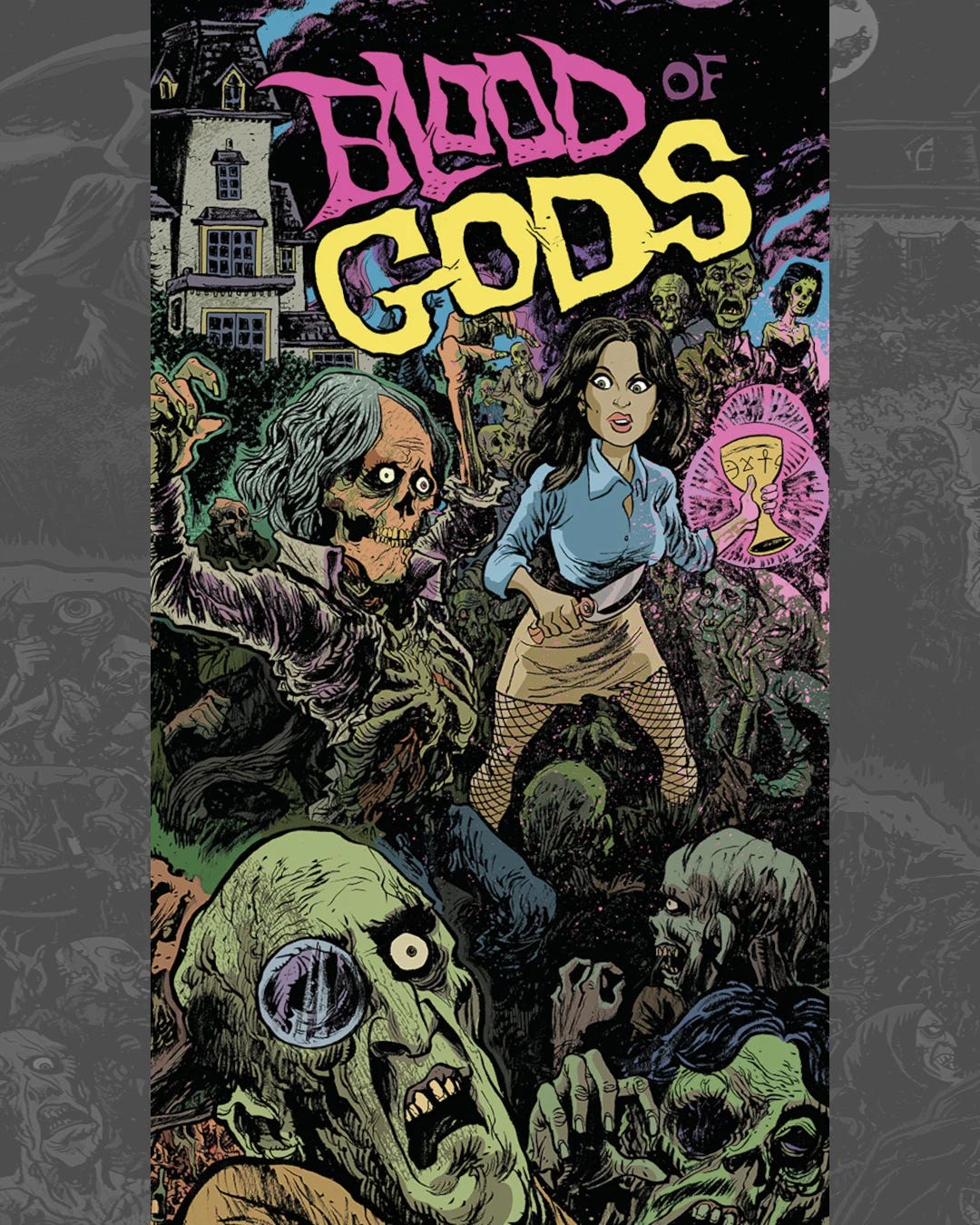
If heavy metal and fine wines seem at opposite ends of the aesthetic spectrum, then you clearly haven’t had a chance to dip into Blood of Gods, a wine zine for the head-banging, stage-diving oenophile in all of us. Founded in 2020 in Washington state by wine writer Stacy Buchanan, Blood of Gods’ look and feel honors the zine culture of the 1970s and beyond, punctuating interviews and essays with comic illustrations straight out of a steampunk fever dream. Its content is quite serious, with articles that examine the emergent radicalism of champagne consumption, the gothic origins of the wine-based dessert known as syllabub, and the connection between biodynamic principles of wine and the supernatural realm. It’s the rare wine publication that crushes elitism, snobbery, and gatekeeping while delivering wickedly insightful observations. With their 10th issue forthcoming in October 2024, it seems there’s no limit in site for this wildly creative magazine.
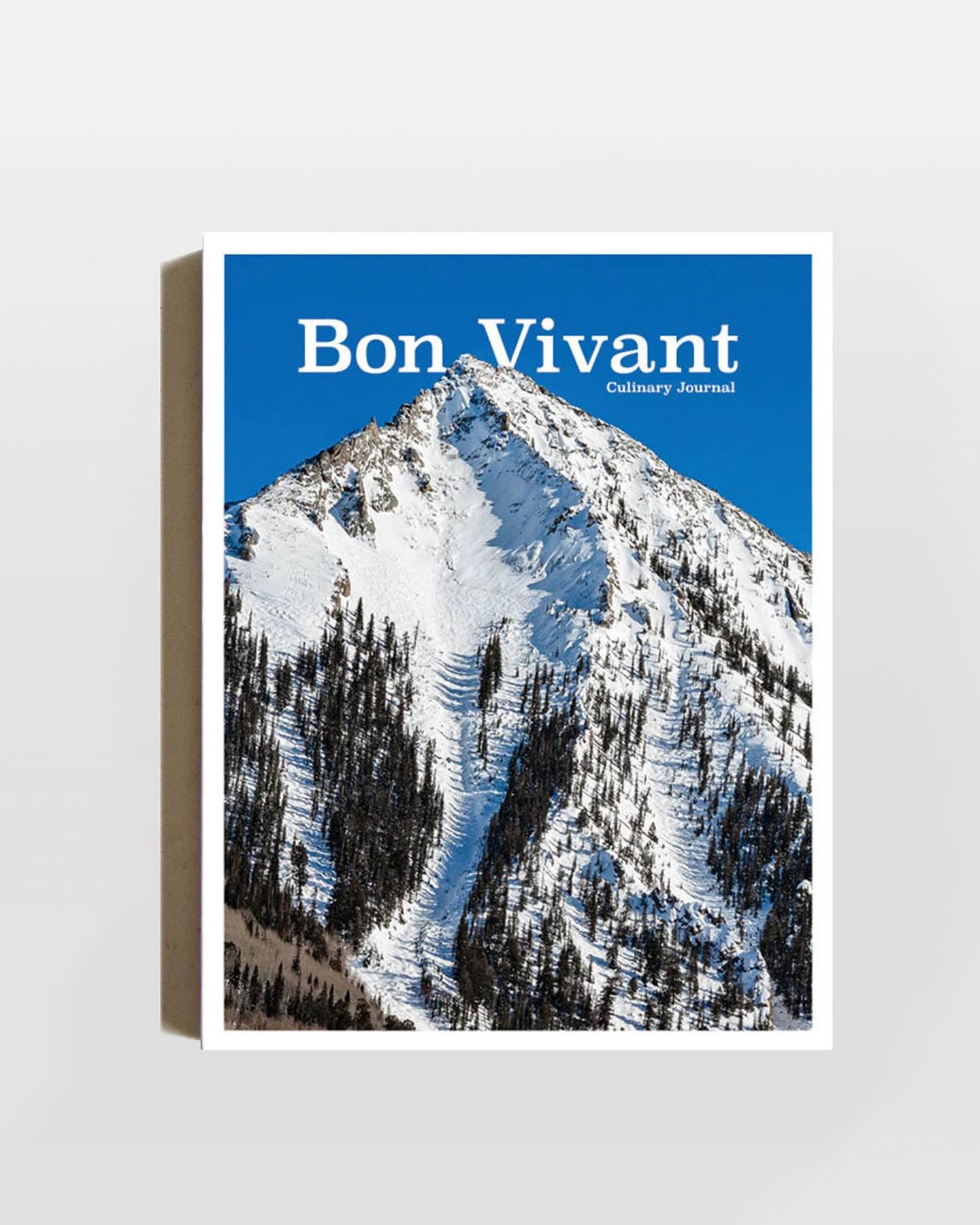
Though it may only be six issues old, Bon Vivant is a culinary journal that bolsters every topic it touches with superb writing and gorgeous photography. Launched in 2021 by chef and writer Hugh Amano, with photographs by Alexis Teichman set in stunning designs, each issue puts a single topic under its lens. Some topics merit a wide national scope, as in its pizza issue (which checks in on standout slice spots in Chicago, Los Angeles, and Providence, among others), while some zero in on the terroir of a specific food phenomenon (as in “Rocky Mountain High,” one issue’s loving tribute to marijuana in Boulder, Colorado.) Amano looks forward to expanding Bon Vivant’s roster of contributors as the magazine’s audience grows, and is hard at work on the journal’s new issue, which takes a winding path through the landscapes and foods of the American Southwest.

When Aliza Abarbanel and Tanya Bush launched Cake Zine in 2022, they did so with a cheeky wink to the pastry, candy, and sugar lovers among us, offering a dedicated outlet for the exclusive coverage of all things sweet. Its design offers a polished, literary journal approach, and includes gorgeous poetry, fiction, and personal essays throughout its many pages. All of this uplifts the range of topics explored—which, in its fifth issue, includes aspartame, blue raspberry, and the Mexican amaranth-and-honey candy known as alegría—to fresh critical importance and creative exploration.
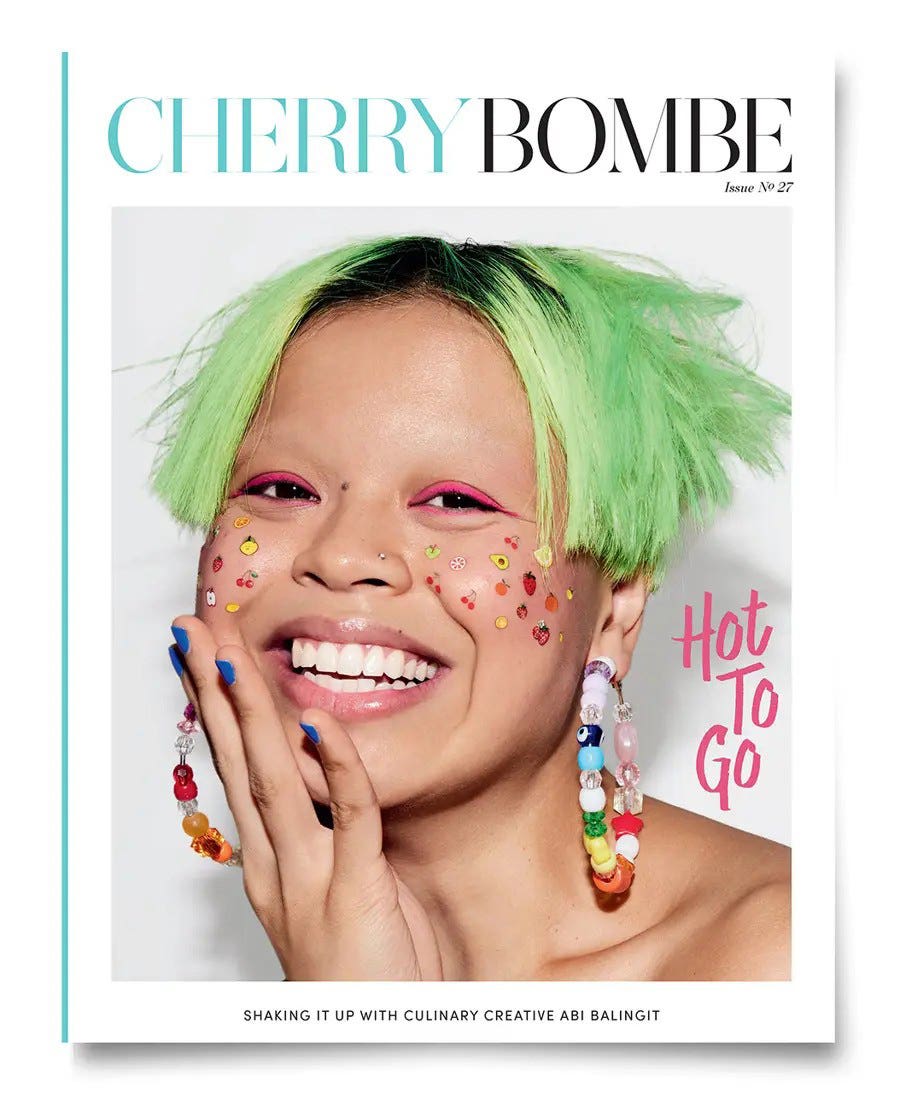
Founded by Kerry Diamond and Claudia Wu in 2013 and now on its 26th issue, Cherry Bombe celebrates the women and “cool creatives” of the food and beverage industry, and while its podcast and annual Jubilee have become indispensable to many, the magazine hasn’t missed a beat in its coverage. Each issue features dynamic illustrations and photography, an up-to-the-minute editorial schedule (see their “Paris” issue, which dropped right before the Paris Olympics), and contributors and subjects from the who’s who of the food world (Dorie Greenspan, Dominique Crenn, Mashama Bailey, among them). Cherry Bombe changed the game for new and independently owned food mags, and we are happy to be in their company.
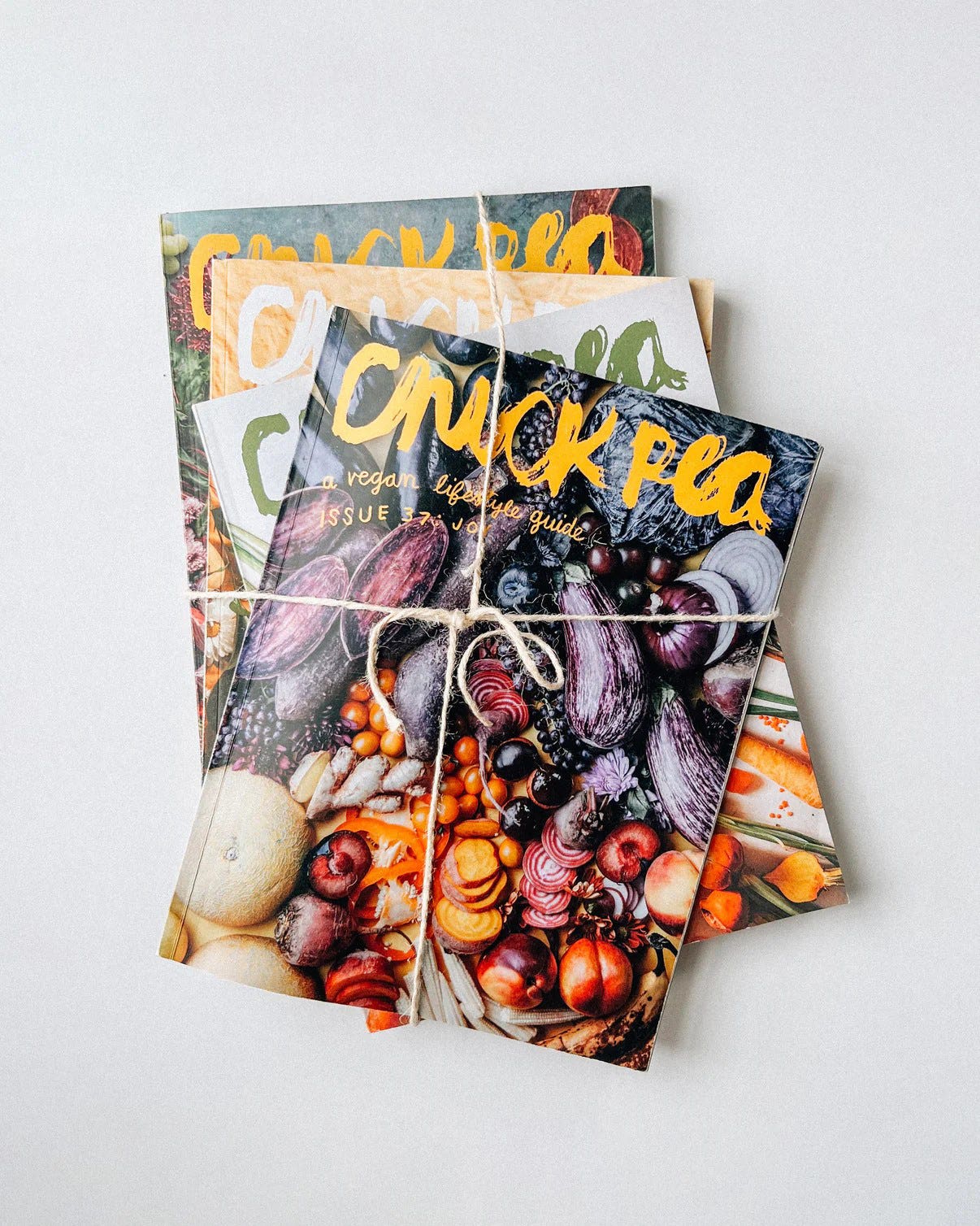
For those on the fence about vegan food, Chickpea is the magazine you’ve been waiting for. Its founder, Cara Livermore, began her career in food writing and photography with the hopes of creating something “slower, evergreen, that could realistically improve the lives of people reading it.” What she and her contributors have done stays true to that mission, exploring vegan cuisine and unpacking complex topics such as sustainability or mycology with in-depth research and lots of material and realistic takeaways. Chickpea also makes space for the joy and creativity of plant-based cooking, with meditations on cast-iron cooking and pressed wildflowers, and recipes such as sweet potato and black bean sliders, and cinnamon toast breakfast cookies. Neither preachy nor impractical, Chickpea is the rare lifestyle publication that entices even as it enlightens.
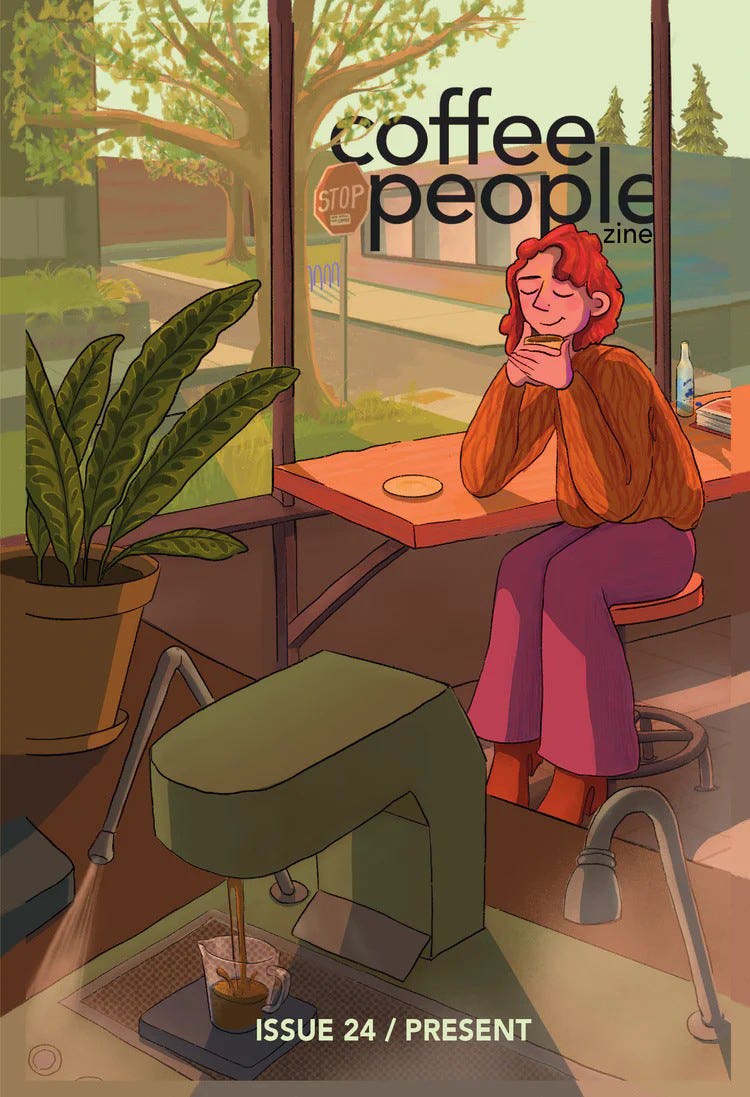
If you’ve ever wondered what a barista is thinking as they prepare your morning cup, Coffee People Zine is ready to pull back the curtain. Rather than focusing each essay exclusively on coffee, the magazine’s contributors are workers in the coffee industry, discussing their changing relationships with their customers, their products, and their own appetites in a compelling blend of poetry, illustrations, personal essays, and interviews. Their most recent issue, #24, features beautiful snapshots from local art shows, guided meditations, and impassioned arguments for profit sharing in local coffee shops. It’s a bracing and expansive exploration of hospitality, and a well-deserved platform for artists on either side of the espresso bar.
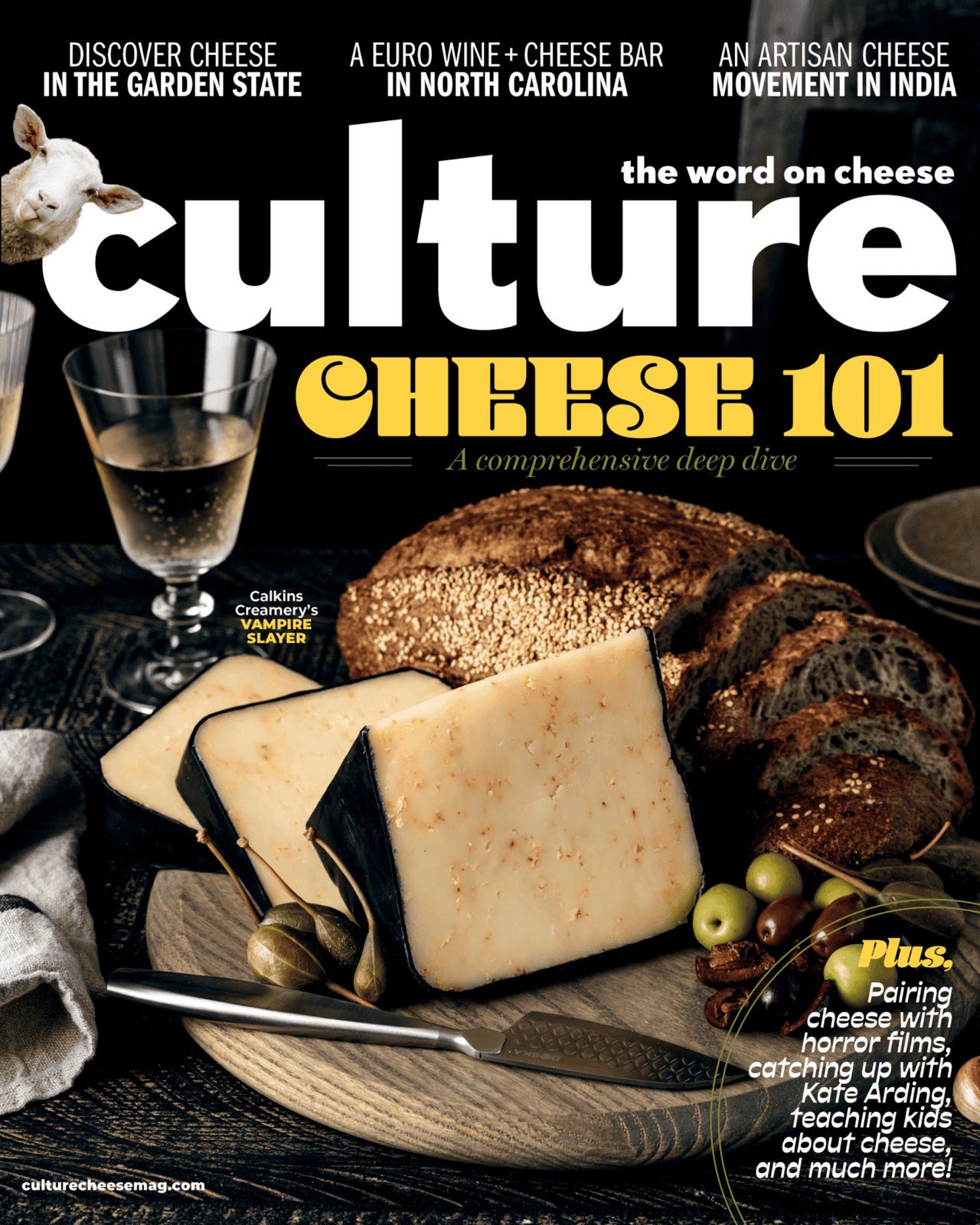
I’m warning you: Avoid Culture if you have an empty stomach. As the preeminent magazine on all things cheese, you can practically smell the featured fromagerie in each incredible issue. Founded in 2008 by Stephanie Skinner, Thalassa Skinner, and Kate Arding, and now under the discerning guidance of Matt Thomas and Mallory Scyphers, the magazine features well-loved and underappreciated delicacies from the cheese world, as well as countless creative suggestions on how to pair each cheese for maximum enjoyment. I can’t wait to try grilled peaches and halloumi, sample the Palestinian goat’s milk cheese akkawi, and make my own batch of mozzarella ice cream (topped with confit tomatoes). It may be cheesy to say so, but Culture is ripe reading for the cheese lover in your life.
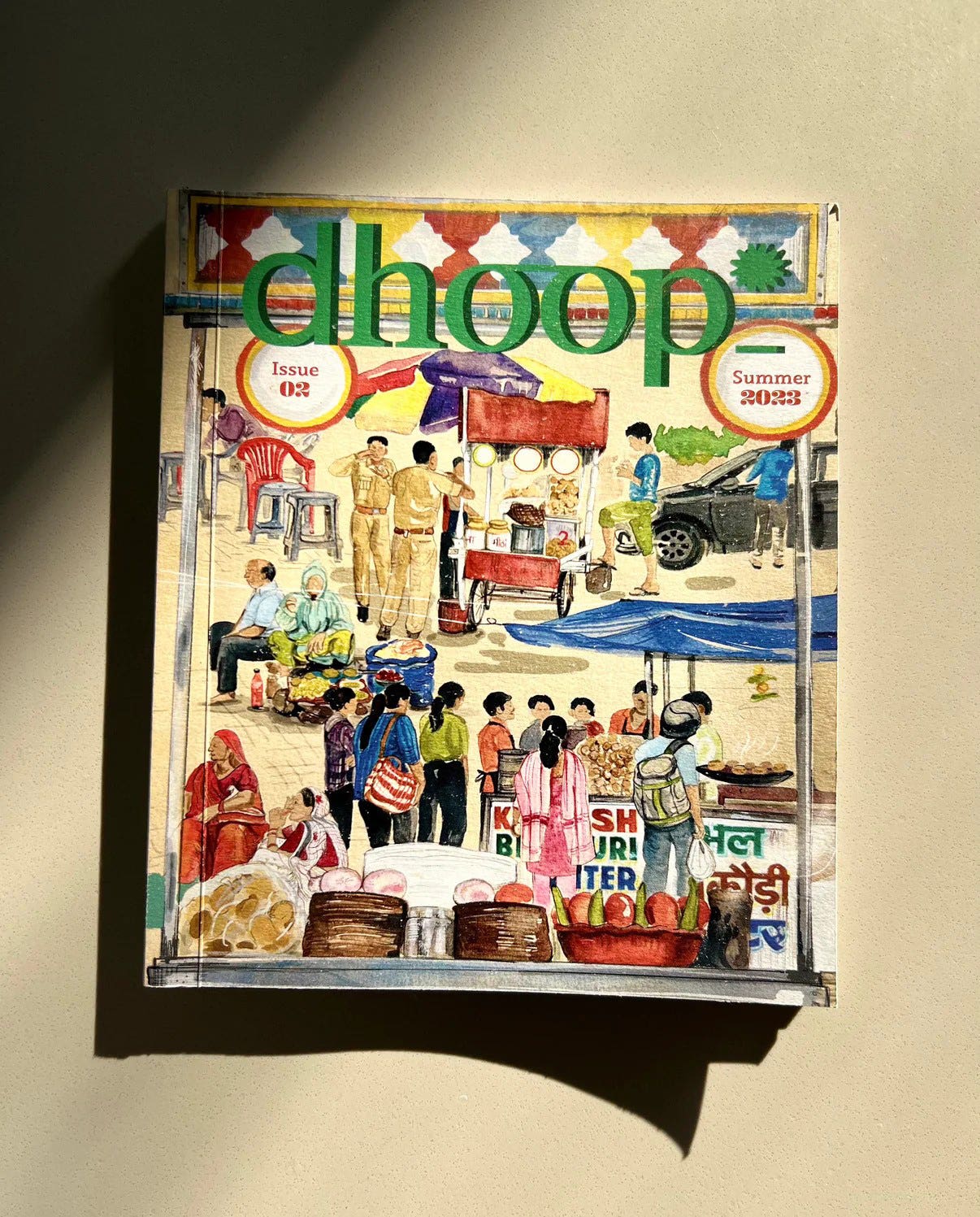
Dhoop documents food stories at the intersection of nature, culture, sustainability and design, with a wide thematic lens. Based in Jaipur, founder Rini Singhi has collected a rich array of stories in its two issues, focused on “Sunlight” and “Commensality,” both essential ingredients in India’s culinary culture. (The title “dhoop” translates to sunlight or glow from the sun.) The essays featured in Dhoop are wide-ranging, and its most recent issue includes a photo essay on a textile designer’s dinner party, a sociological examination of unpacking a dabba lunchbox in the company of others, and a personal essay on multicultural eating in a military family. We can’t wait to see Issue #3 (due in late spring 2025).
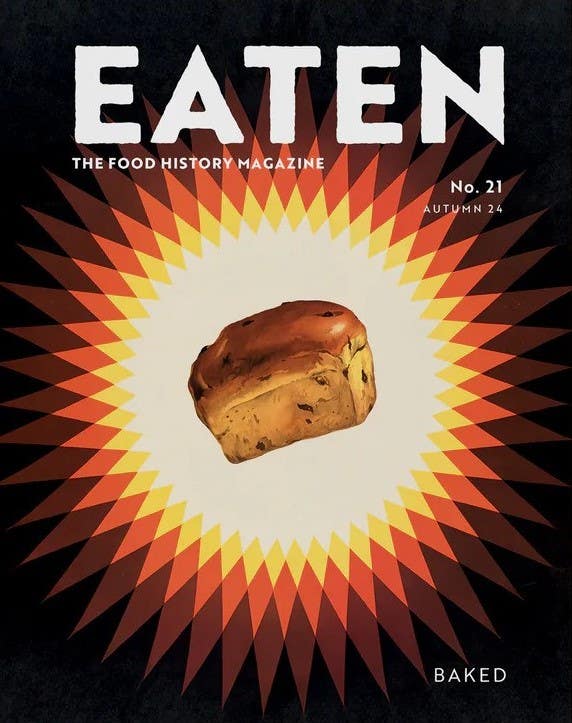
While Emelyn Rude loves food scholarship, she founded the magazine Eaten to give food history a fun outlet, one less dependent on academic journals or timely hooks to find a readership. While contributions to Eaten are full of rigorous research, Rude asserts that “narrative and accessibility to non-experts” are the key ingredients in historical storytelling. Its 20 rich volumes have become must-reads for food history aficionados, with thematic issues focused on parties, the tropics, and “fire and ice.” An issue never delivers a straightforward take, as proven in the “Desserts” issue, which includes articles on the battle over pavlova in New Zealand and Australia; the original “Mary Jane,” a beloved baker of pot brownies in 1970s San Francisco; and Fidel Castro’s fanaticism for ice cream. Neither a stiff scholarly compendium nor a glossy food mag, Eaten offers something informed, interesting, and free to be read and enjoyed by historians of all walks.
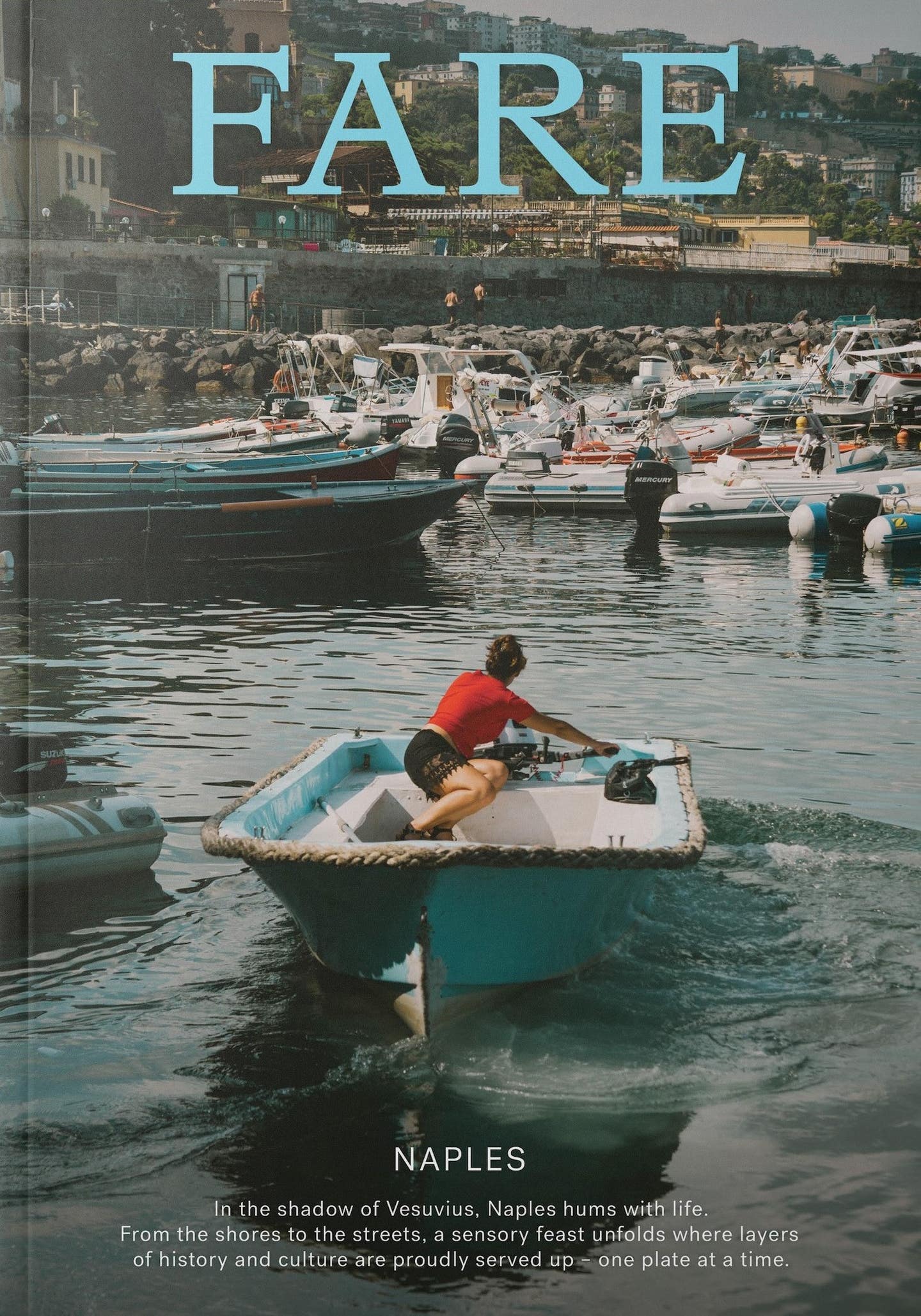
If the recipes in SAVEUR have you yearning for adventures in parts unknown, Fare will satisfy the armchair traveler in you. With each issue focused on a different culinary destination—recent issues explore Budapest, Mexico City, and Naples—founding editor Ben Mervis (formerly of Copenhagen’s famed restaurant noma) uses the magazine’s bi-annual publication schedule to explore city culture through the eyes of local writers, photographers, and artists. Each issue includes an illustrated map of the city’s key destinations, lays out essential elements of local culture (in Copenhagen, coziness is key; in Mexico City, music and noise punctuate almost every aspect of city life), and gorgeous full-color photographs bring each place into specific, vibrant view.
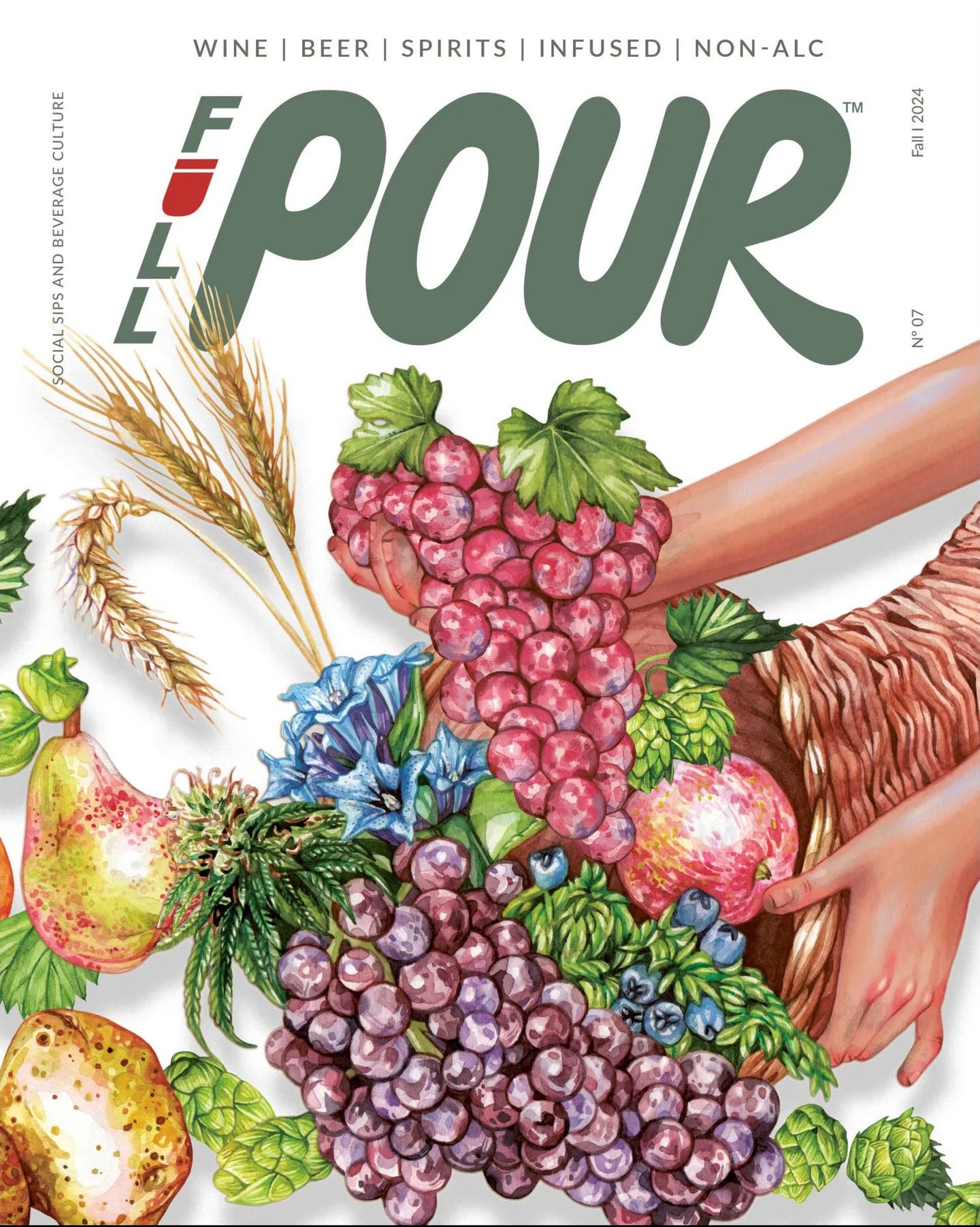
Offering a fresh take on “social sips and beverage culture,” the editors of Full Pour have attracted some of the most renowned drink writers working today. Founded by Lauren Buzzeo, formerly of Wine Enthusiast, the magazine explores not only wine, beer, and spirits, but also gives space to trends in tea and coffee, potable weed, and the growing non-alcoholic marketplace. Articles range from long-form journalism to interviews to even the occasional comic strip. Full Pour also takes its social responsibilities seriously, printing on recycled paper and working with their advertising partners to expand their community and mutual support for nonprofit organizations.
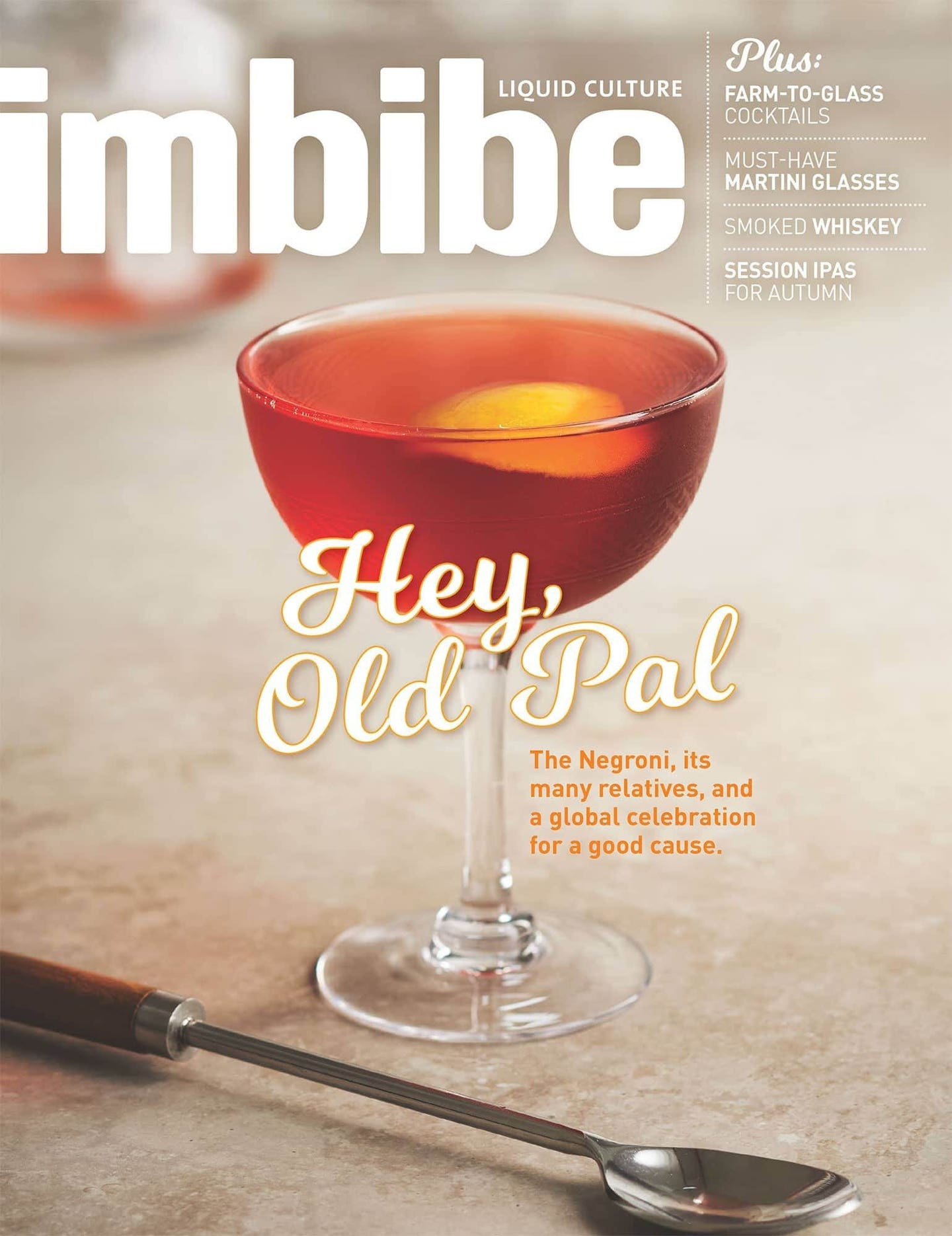
Like Cherry Bombe, Imbibe quickly became a leader in the indie magazine landscape and is one of our favorite reference points for what’s happening in “liquid culture.” Under the leadership of publisher Karen Foley and editor-in-chief Paul Clarke, Imbibe’s scope in recent issues ranges from a Q&A with NBA All-Star Tony Parker about bringing the French wine culture of his childhood to his new hometown of San Antonio to cocktail recipes featuring the Southeast Asian ingredient pandan. There is plenty for the low-ABV or NA reader as well, as demonstrated in a history of the American milkshake (appropriately titled “In the Thick of It.”)
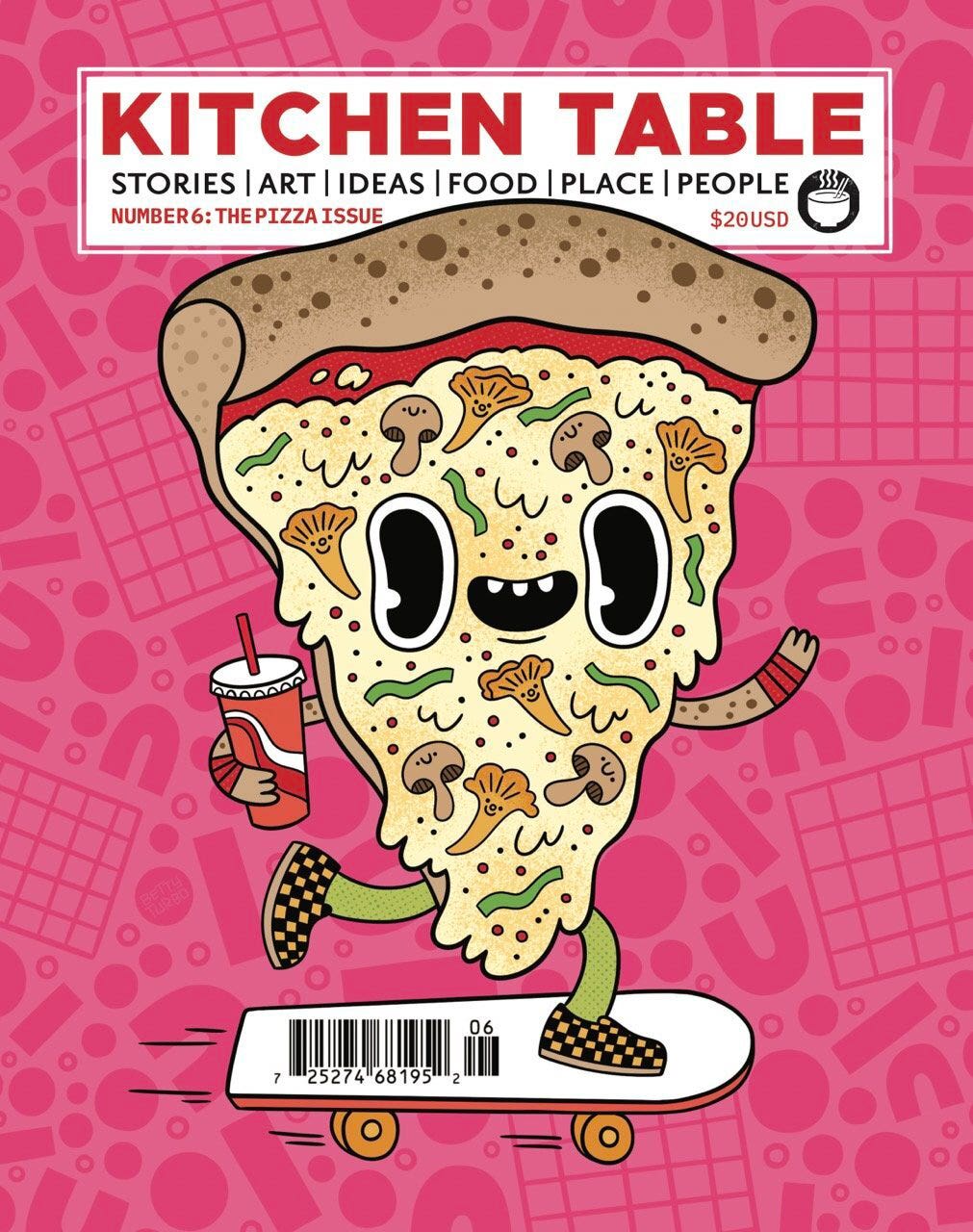
Since its founding in 2019, Brett Warnock’s Kitchen Table has offered exquisite snapshots of food coverage from around the world. Whether it’s a comic strip exploring Valentine’s Day at a Waffle House in Houston, an illustrated guide to the champagne trade, a photo essay of independent women farmers, or a history of the Totino’s pizza brand, Kitchen Table feels like the 1990s zines of our childhoods, with funky yet informed content. In short, Kitchen Table is as scrappy and innovative as the food creatives it covers.
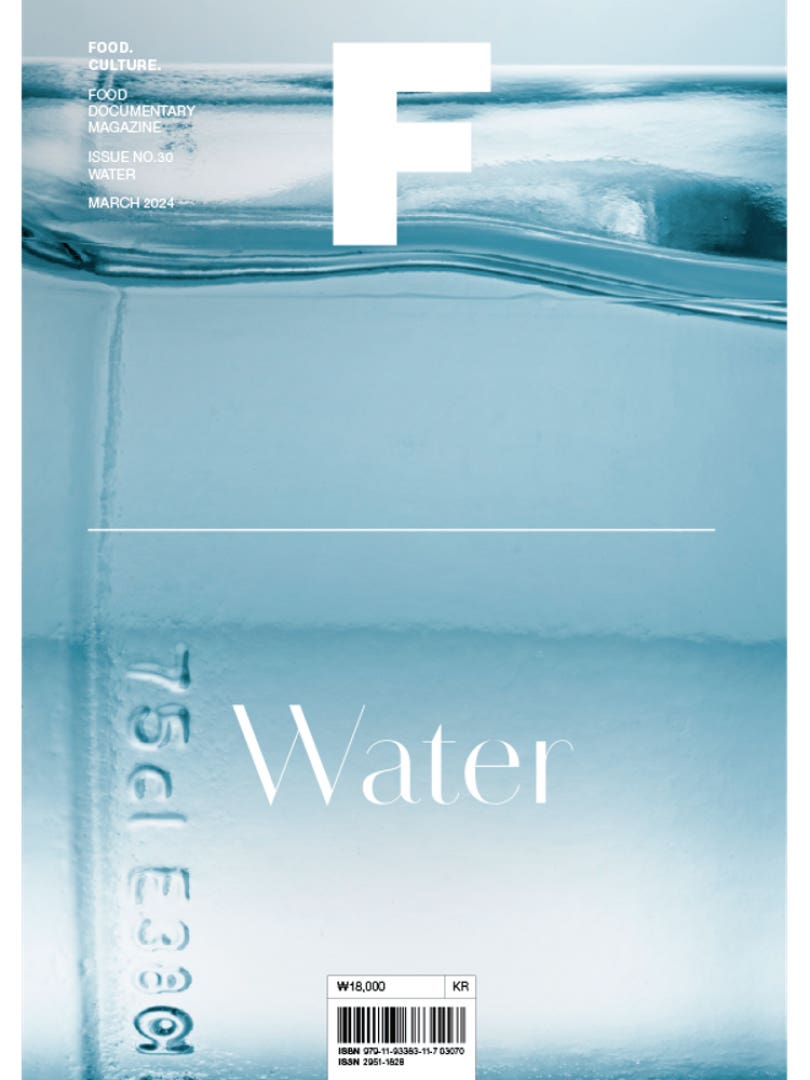
Magazine F is committed to exploring how ingredients are grown, prepared, and shared across cultures around the world. In their latest issue, focused on water, they bring that editorial lens to the molecular level, tracing water as a flavor, beverage, and element through numerous outlets of the hospitality industry. Experts weighing in include scientists at wastewater treatment plants in Finland, bakers and brewers across Germany and Norway, and rice chefs in Tokyo. While each issue’s “academic manual” may offer a valuable primer of information for scholars, the writing and design are inviting and accessible for any reader wanting to get as familiar with an ingredient as possible.
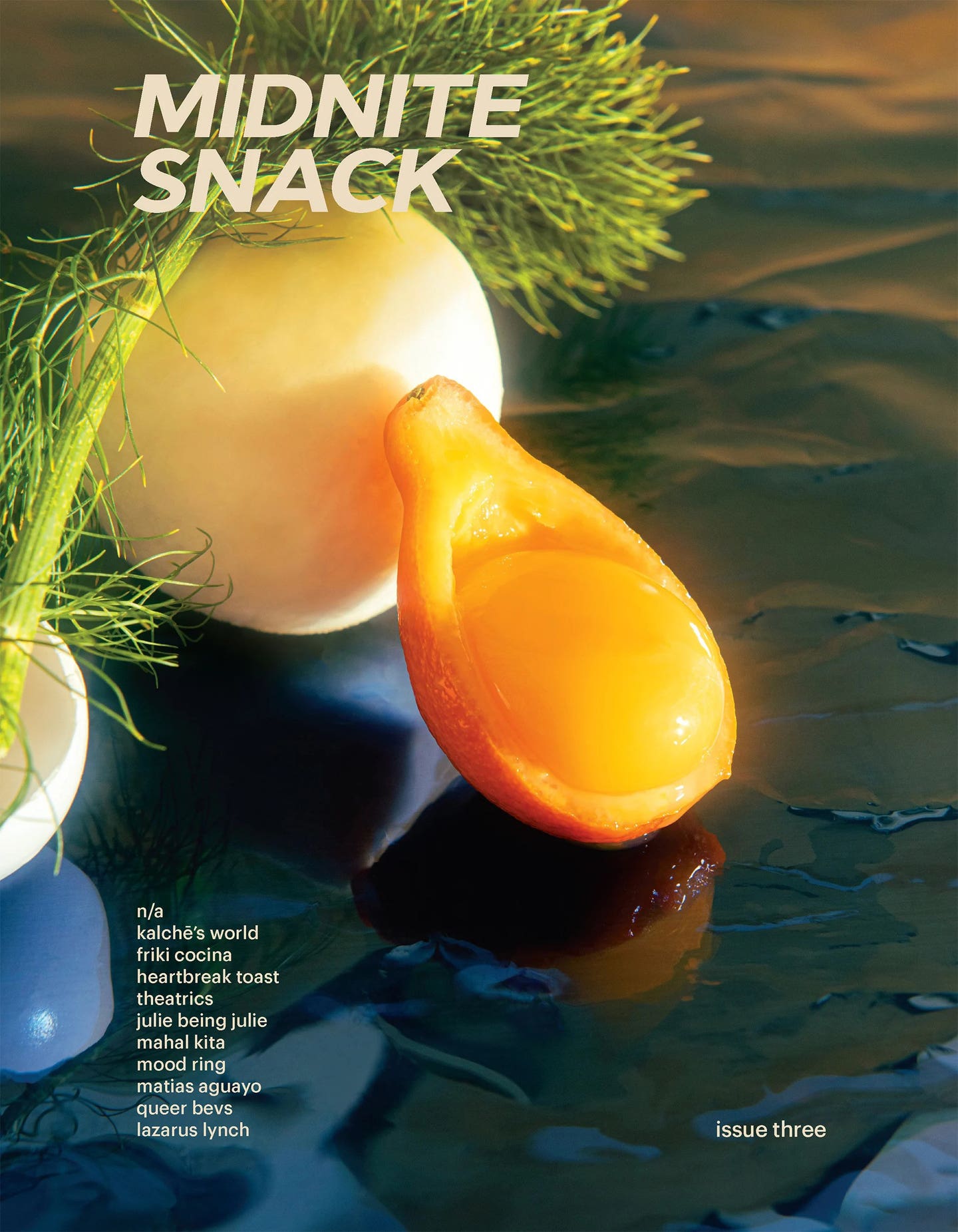
With just three issues thus far, Midnite Snack stands out for its unconventional visual and prose style. Founder Lyudmila Zotova, a food photographer, writer, and member of the service industry, started the magazine in 2021 to honor people like herself: “Artists of many mediums who were tied to food and beverage out of necessity, but also thrived in the overlap the two worlds provided.” The articles in Midnite Snack’s third issue include a photo essay on the preparation of kare-kare, a Filipino oxtail stew; a meditation on the theatricality of food; and an investigation into the minimalism and “spatial ambiance” of Los Angeles-area coffee shops. When an issue closes with cocktails inspired by icons of the queer community (Audre Lorde, the Wachowski sisters, and Tracy Chapman), it’s clear that thinking and snacking are perfect companions.
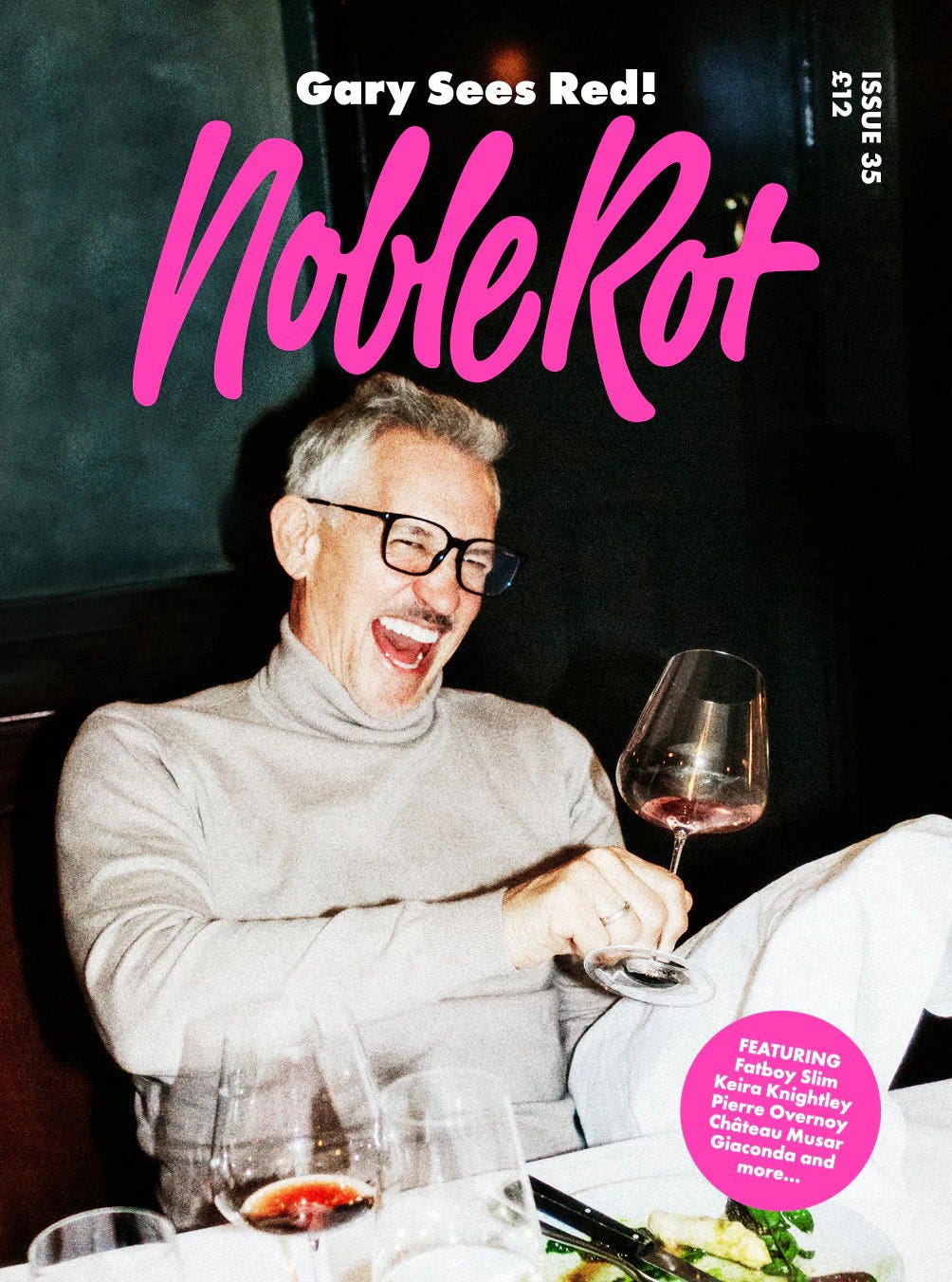
The UK-based wine magazine Noble Rot takes its name from the positive impact certain kinds of fungus can have on wine grapes—a welcome reminder that learning about wine should always leave us open to the unexpected. Each issue surprises with witty, insightful, and sometimes provocative explorations of the wine world. Recent issues include such treasures as actress Keira Knightley’s take on a family vacation off the coast of Sicily, a look inside the winemaking video game “Hundred Days,” and the story of an agonizing 1980s dinner party from a former editor of the magazine Tatler. Each essay gives space to our good and bad encounters with wine, and explores how the right sip at the right time can prove to be a transformative experience.
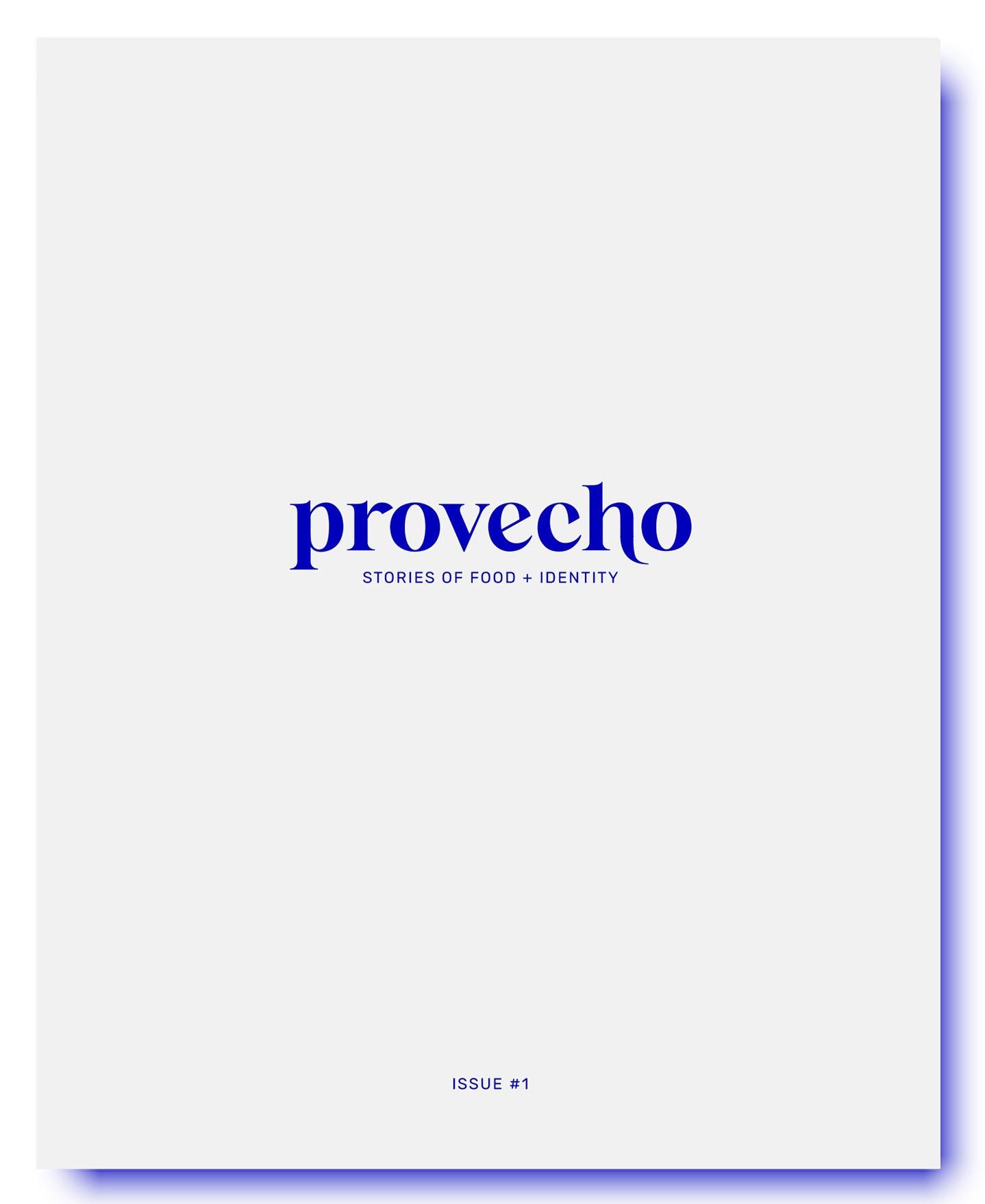
It’s a bit shocking that there aren’t more multilingual food magazines on the market, especially as we talk about food in every language on the planet. Yet in the pages of Provecho, founders Kyle Yoshioka, Emilie Chen, and Heldáy de la Cruz have made their expansive food coverage an “affirmation of care,” and their magazine a space that uplifts Black and Brown contributors to the food media landscape. In its inaugural issue, the editors include a personal reflection and recipe from “Butter Mochi Queen” Daphne K. Jenkins, an interview with the community cocinera Celesté Macias, and an essay on the joys of Taiwanese breakfast. Even with just one issue released thus far, it’s clear Provecho is a joyful platform for an exploration of food in any language.
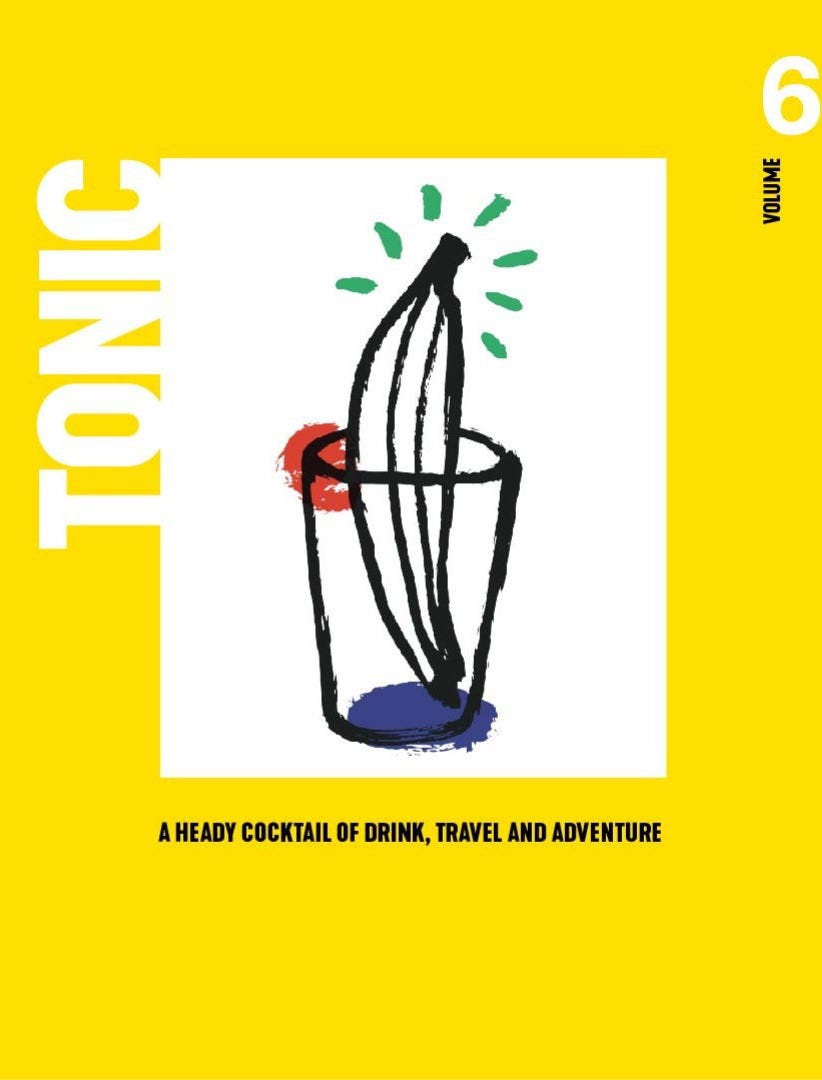
You know a magazine is going to be fun when it starts its most recent issue with dialogue from The Witcher. A biannual print magazine founded in England in 2020 by Rob Ellison and Benita Finanzio, Tonic explores drink history and culture. With contributors around the globe, its latest volume includes pieces on sampling a fermented banana-based beer in Rwanda, aging wine off a boat in the Atlantic, and an ahistorical bias against women brewers (and drinkers). With fun features including QR-code accessible music playlists for each issue and lush full-color photographs, Tonic offers a richly researched, effervescent look at the drinkable world.
Keep Reading
Continue to Next Story









